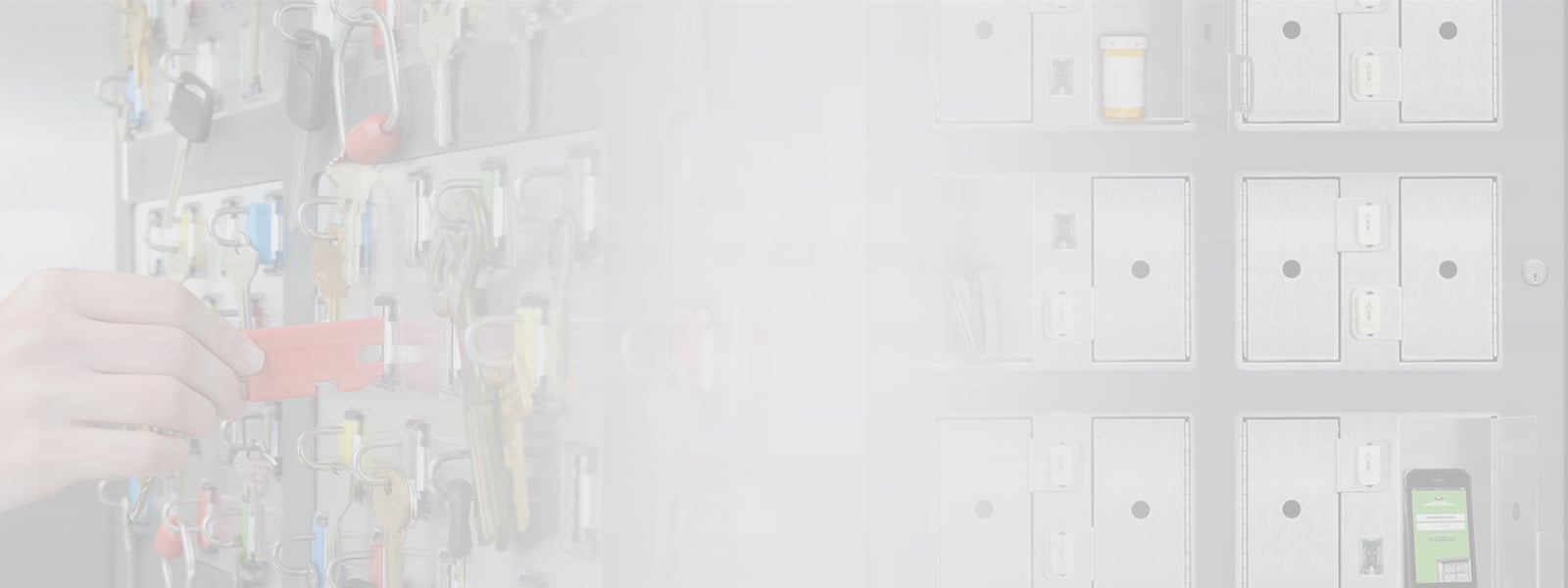Remotely located electronic equipment buildings or enclosures, such as those found in the telecommunications field, can pose a challenge for facilities management in terms of keeping the buildings secured and safe from break-ins, vandalism and so on. And because they are remote, these facilities can also create a challenge when it is necessary for maintenance crews and other technical workers to have access to certain or all areas within the buildings. Common concerns facing management include: will employees return the keys? Will the facility be properly locked upon exit? Will accurate time logs be kept? To help reduce the number of incidents and the potential for human error, many communications companies install automated key control and management systems at their remote facilities. This solution offers the ability to restrict access to authorized users while keeping keys safely stored in the key cabinet, automatically recording the access history of each key including user, date and time of checkout and return. More efficient than requiring employees to pick up and return keys to/from a central office, on-site automated key control systems with tracking capability offer an easy to use solution.
Illuminated key slots to locate the keys, random return capability and messages/user prompt screens are added features that help make the system easier and more efficient for everyone to use. At any time, facilities management or security operations can view who currently has keys out or who has had keys out and when. And when keys are not returned as scheduled, e-mail alerts can be sent to security/facilities to prompt quick action. The system can be programmed to meet the requirements of the organization including setting time and date parameters for each user, which can also help to ensure the deterrence and detection of unwarranted access to controlled areas within the electronic equipment facility. Using PIN codes or biometric authentication, these systems make it easier for authorized users to access keys when needed while providing more peace-of-mind for security management.



